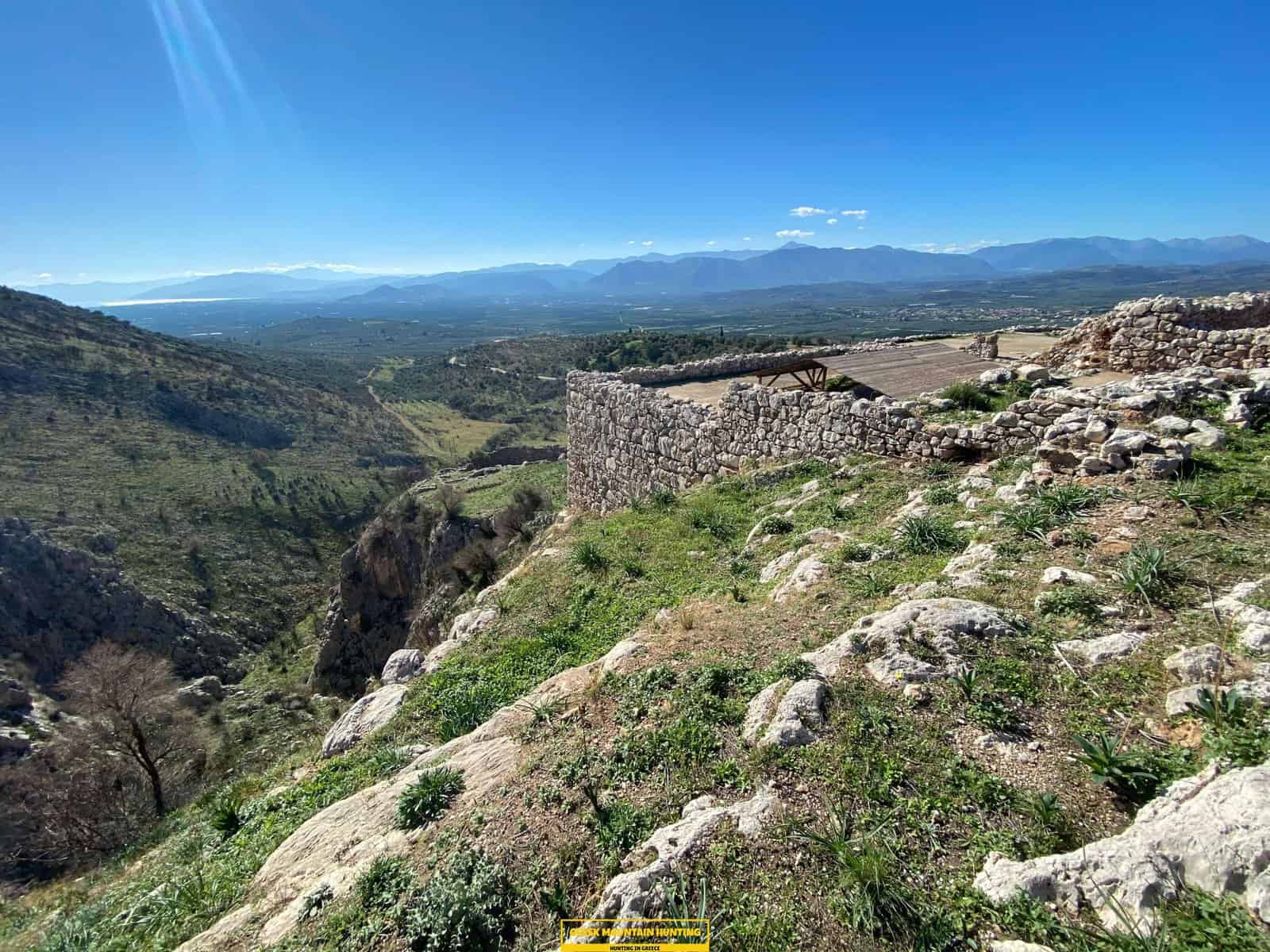Hunting for Kri Kri ibex as well as angling in Greece
Hunting for Kri Kri ibex as well as angling in Greece
Blog Article

The ibex hunt is an incredible holiday and also exciting hunting exploration in Greece. It is not constantly a difficult hunt as well as undesirable conditions for the majority of seekers. What else would you such as to dream of throughout your excursion of ancient Greece, diving to shipwrecks, as well as searching for Kri Kri ibex on an unique island for 5 days?

This Ibex is not a little Capra aegagrus bezoar ibex, which has actually moved to the western extremity of this species' variety. The kri-kri (Capra aegagrus cretica), likewise called the Cretan goat, Agrimi, or Cretan ibex, is a feral goat living in the Eastern Mediterranean. The kri-kri has a light brown layer with a darker neck collar. 2 sweeping horns task from the head. Throughout the day, they hide to avoid vacationers. In nature, the kri-kri can leap or climb up relatively large high cliffs.
When you get here in the Peloponnese peninsula is the stunningly attractive landscape, the very first point you will observe. The mountains, woodlands, rivers, and also lakes make this location a nature fan's heaven. There are additionally plenty of possibilities for treking, fishing, swimming, as well as various other exterior tasks. The Peloponnese peninsula is not just concerning its natural charm; there are likewise numerous historic and cultural sites to explore. Don't neglect also fishing, free-diving as well as searching. Several of one of the most preferred tourist destinations in the Peloponnese include old Olympia, Epidaurus, Mycenae, as well as Sparta. These locations supply a fascinating peek into Greece's rich history and also society. If you are interested in learning more about Greek mythology, after that you will definitely want to visit Mount Olympus, residence of the 12 Olympian gods. Certainly, no journey to Greece would be complete without attempting several of the delicious food. The Peloponnese peninsula is home to some of the best olive oil worldwide as well as feta cheese, olives, honey, as well as red wine. Ensure to attempt several of the regional specialties such as dolma (packed grape leaves), Souvlaki (barbequed meat skewers), and Gyro (meat covered in pita bread).
If you're searching for an authentic Greek experience, then look no further than our outdoor searching in Greece with angling, and also cost-free diving tours of Peloponnese. This is an extraordinary method to see whatever that this impressive area needs to provide. Reserve your trip today!
What is the diference between Kri Kri ibex, Bezoar ibex and hybrid ibex
The kri-kri is not thought to be indigenous to Crete, most likely having been imported to the island during the time of the Minoan civilization. Nevertheless, it is found nowhere else and is therefore endemic to Crete. It was common throughout the Aegean but the peaks of the 8,000 ft (2,400 m) White Mountains of Western Crete are their last strongholds–particularly a series of almost vertical 3,000 ft (900 m) cliffs called ‘the Untrodden’—at the head of the Samaria Gorge. This mountain range, which hosts another 14 endemic animal species, is protected as a UNESCO Biosphere Reserve. In total, their range extends to the White Mountains, the Samaria National Forest and the islets of Dia, Thodorou, and Agii Pandes.
This Ibex is NOT a diminutive form of the Bezoar Ibex, which has migrated into the western-most reach of the range of this species. The kri – kri (Capra aegagrus cretica), sometimes called the Cretan goat, Agrimi, or Cretan Ibex, is a feral goat inhabiting the Eastern Mediterranean, previously considered a subspecies of wild goat. The kri-kri has a light brownish coat with a darker band around its neck. It has two horns that sweep back from the head. In the wild they are shy and avoid tourists, resting during the day. The animal can leap some distance or climb seemingly sheer cliffs.
“The agrimi goat Capra aegagrus cretica is unique to Crete and its offshore islands. It has been identi®ed as a sub-species of the wild bezoar goat Capra aegagrus aegagrus Erxleben, 1777, which it closely resembles in horn shape, body form and coloration. This classi®cation has been disputed by some researchers who claim that the agrimi are feral goats, derived from early domestic stock brought to the island by the ®rst Neolithic settlers. In order to clarify this issue, DNA analyses (cytochrome b and D loop sequences) were carried out on tissue of live and skeletonized agrimi and compared to sequences of wild and domestic caprines. Results conclusively show the agrimi to be a feral animal, that clades with domestic goats (Capra hircus) rather than with wild Asiatic bezoar. This study demonstrates that morphometric criteria do not necessarily re¯ect genetic af®nities, and that the taxonomic classi®cation of agrimi should be revised.”
Report this page